The latest exhibition at the Royal Academy is entitled America after the Fall. It deals with painting in the United States during the 1930s: that is, the decade before the tidal surge of abstract expressionism. So this show is a sort of prequel to the RA’s great ab ex blockbuster of last autumn. It might have been called, ‘Before Jackson Began Dripping’.
Not much in this selection, though, can compare to the power of the abstract expressionists at their peak in the Forties and Fifties — not even an early work by Pollock himself. But it does include a couple of masterpieces by Edward Hopper, plus several pictures so brashly over the top as to be quite interesting, several others that are simply terrible — and one of the world’s most familiar images.
The last is Grant Wood’s ‘American Gothic’, a picture that almost everyone recognises — even if they are unable to recall the title or the name of the artist. It serves as shorthand for the pioneer spirit — devout, po-faced, plain-living and doggedly industrious — that was becoming quaintly archaic even when Wood painted it in 1930.
For that reason, plus its memorability, ‘American Gothic’ is a favourite withcartoonists. Peter Brookes of the Times has used it to brilliant effect more than once, most recently with President Trump’shead on the farmer’s body, Nigel Farage — fag in mouth — as the wife and Theresa May’s head impaled on the fork in the middle.
The original turns out to be almost as much of a collage as that parody. Wood got the idea from seeing a 19th-century wooden house in Iowa. He then set about imagining the kind of people who might have lived in such a dwelling. His sister posed for the woman, his dentist for her husband (once one learns that it is hard not to read his expression as a professional stare at a decayed molar).
The result of this cutting and pasting is odd: the wife’s head looks as if it’s been stuck on to a flat cardboard cutout; her body has no volume at all. Nonetheless, it is a great deal more compelling than the other pictures by Wood on view, which tend to look like illustrations from children’s books or views of Toytown with lollypop trees and model houses. Wood was associated with the style dubbed ‘regionalism’ — an artistic equivalent to isolationism that focused on small-town and agricultural America — but these works have an air of unreality that verges on the European surrealist idiom.
That’s true of several exhibits that are striking, but not in a pleasant way. Ivan Albright had been traumatised by his experiences in the first world war. Subsequently, he depicted figures with flesh like that of newly disinterred corpses, which gives his ‘Self-Portrait’ (1935) a horrible fascination. This was the decade of the Depression and the New Deal, but most of the overtly political pictures are clumsy or — as in the case of Peter Blume’s ‘The Eternal City’ (1934-7) with Mussolini as a glaring, green-faced jack-in-the-box — crass.
Several exhibits hint at the future course of art in the US. The comic-book realism of Paul Cadmus and Reginald Marsh anticipates pop; so, in a different way, does the energy and precision of Charles Demuth and Charles Sheeler. The latter’s ‘Home, Sweet Home’ (1931) is a neat essay in an enduring transatlantic aesthetic: sharp-edged, flat-patterned and naturalistic all at the same time.
Edward Hopper, however, easily outclasses all the competition. ‘New York Movie’ (1939) makes every other attempt at social realism in the show seem crude. And ‘Gas’ (1940) — with its illuminated petrol pumps and solitary attendant with dark forest in the gathering dusk — gets deeper into the mystery of America than Grant Wood ever did.
Got something to add? Join the discussion and comment below.
Get 10 issues for just $10
Subscribe to The Spectator Australia today for the next 10 magazine issues, plus full online access, for just $10.

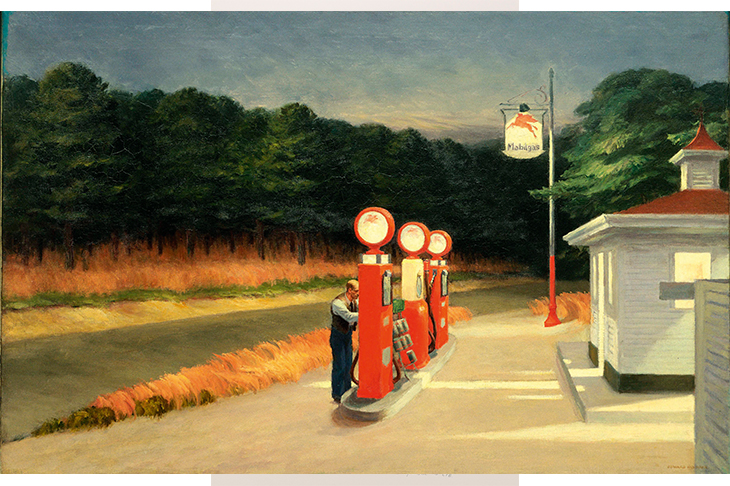
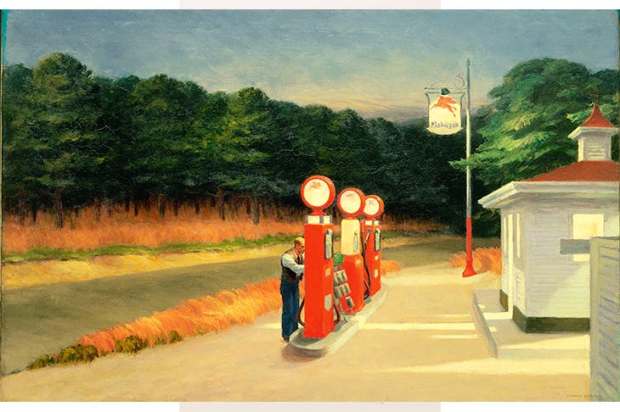
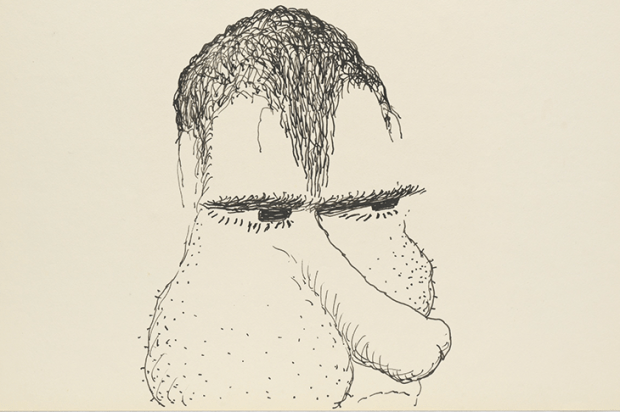


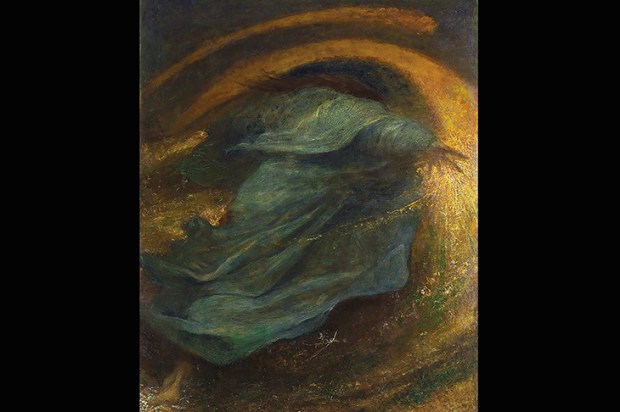
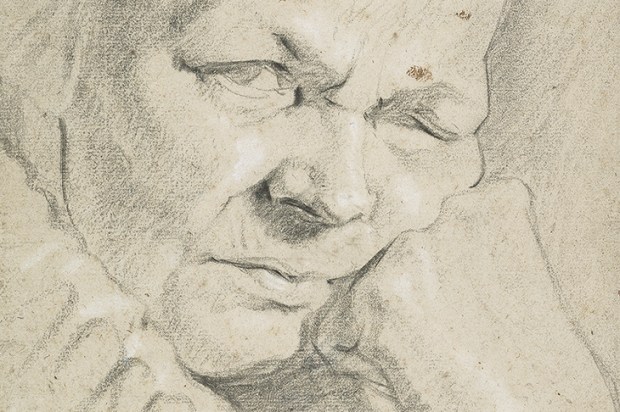






Comments
Don't miss out
Join the conversation with other Spectator Australia readers. Subscribe to leave a comment.
SUBSCRIBEAlready a subscriber? Log in